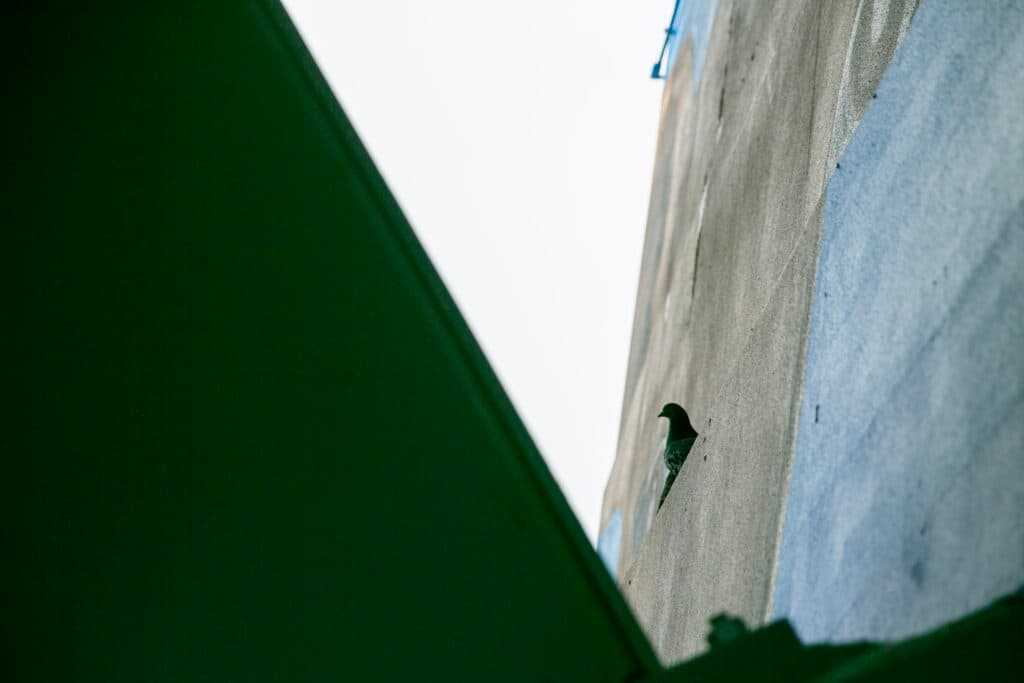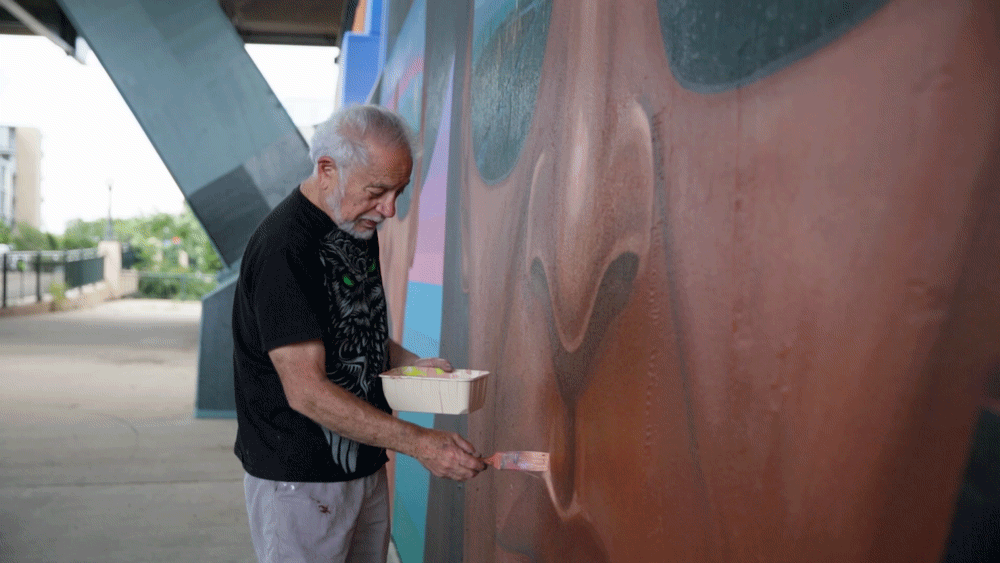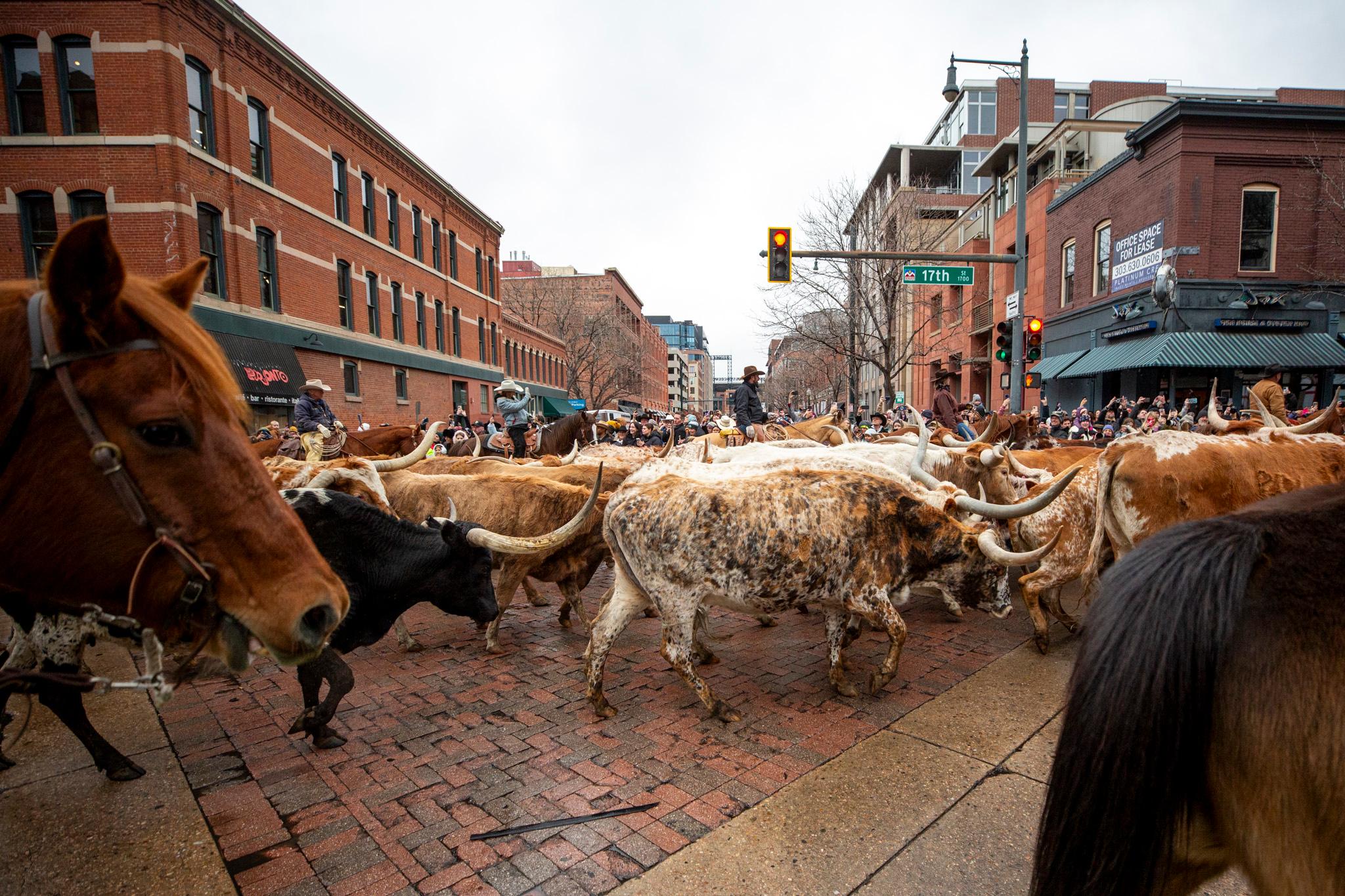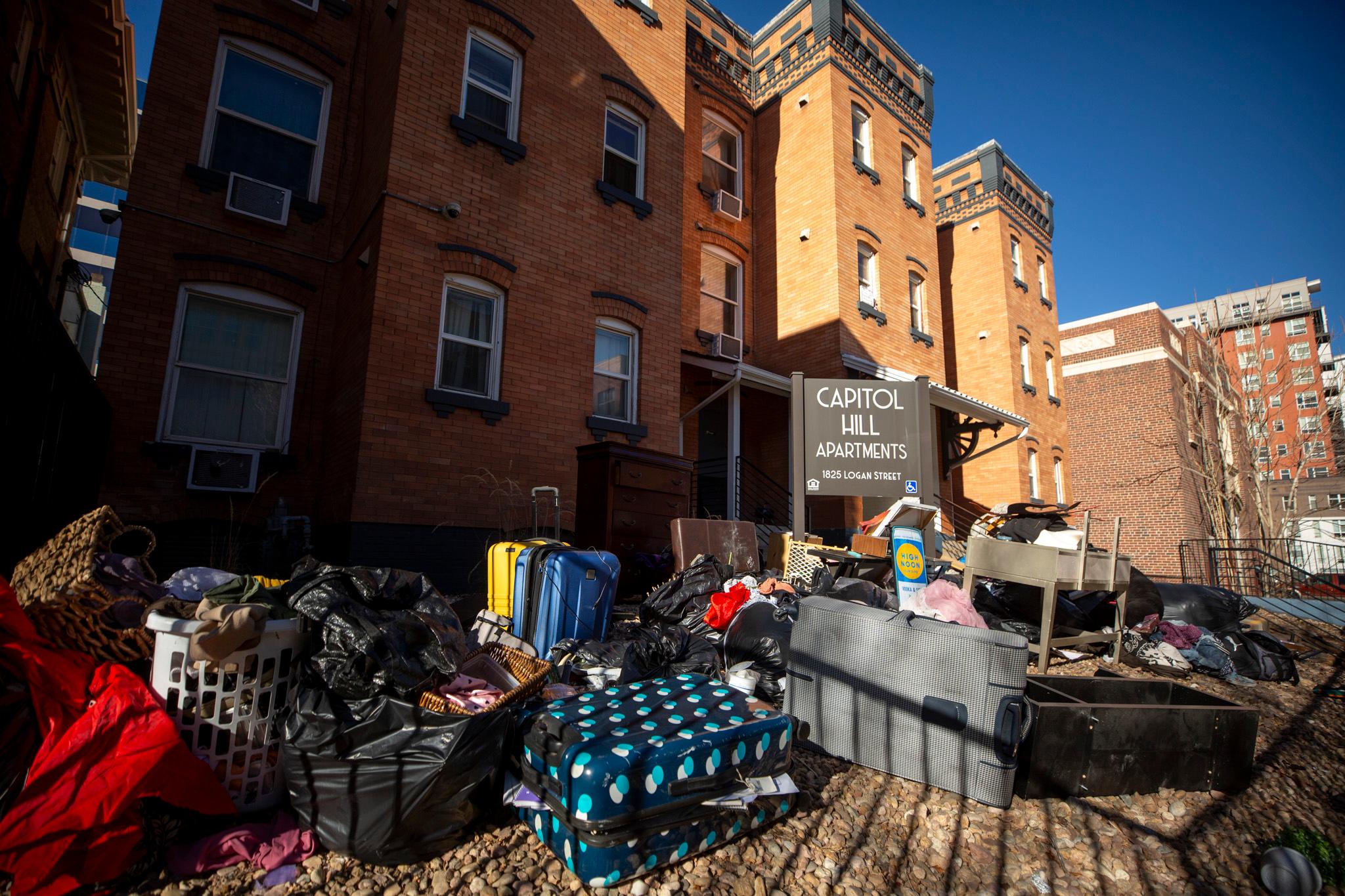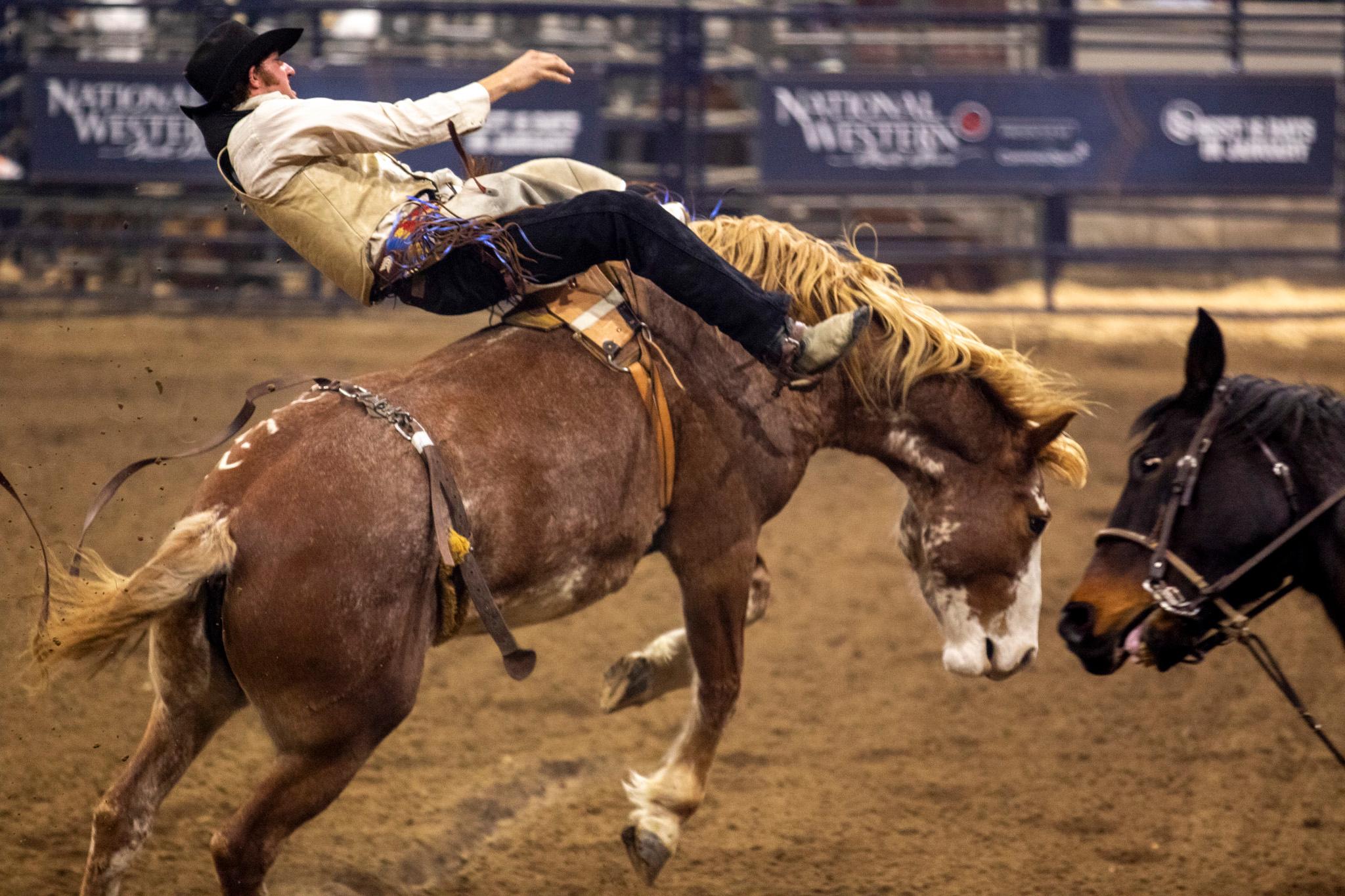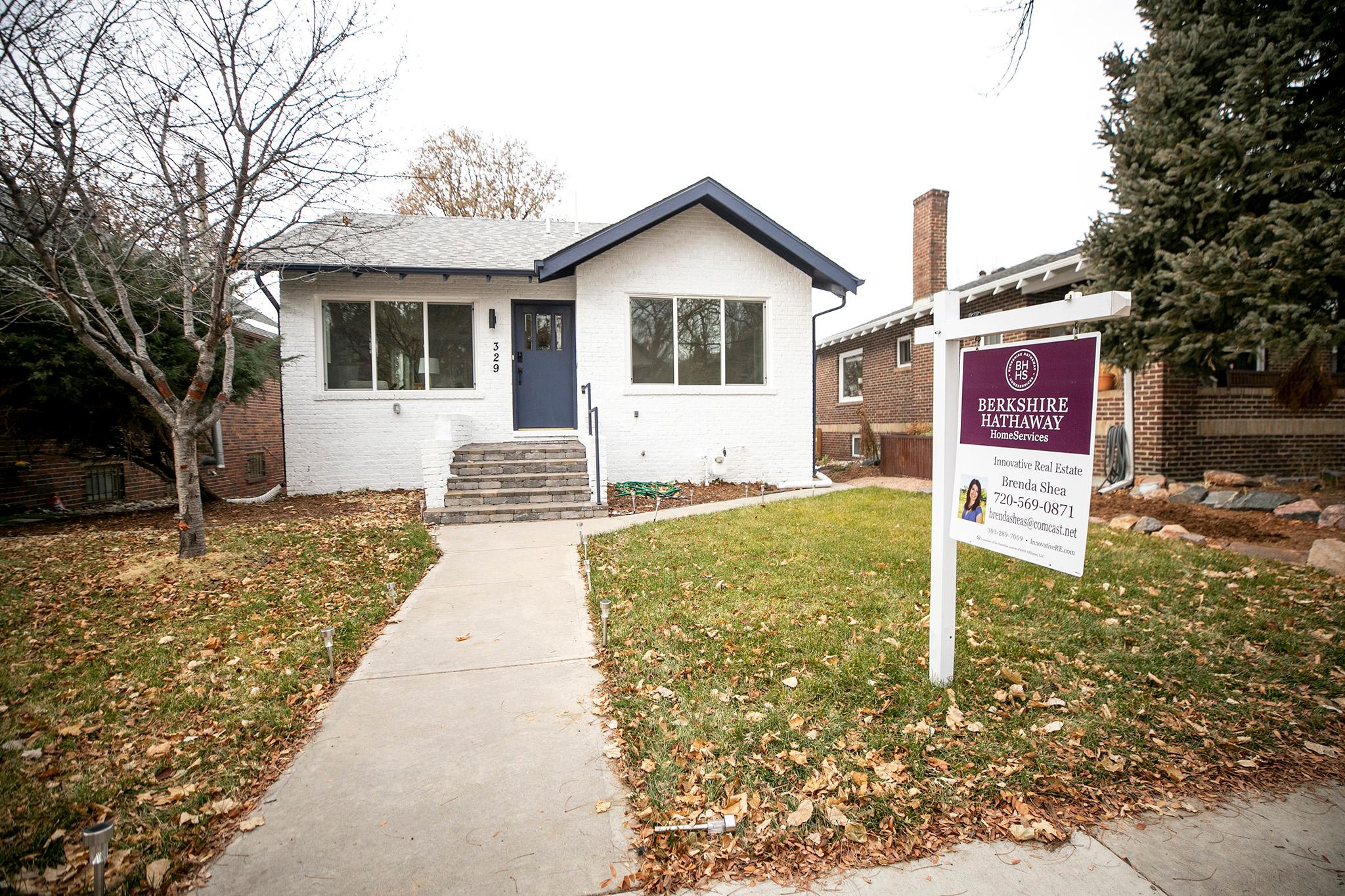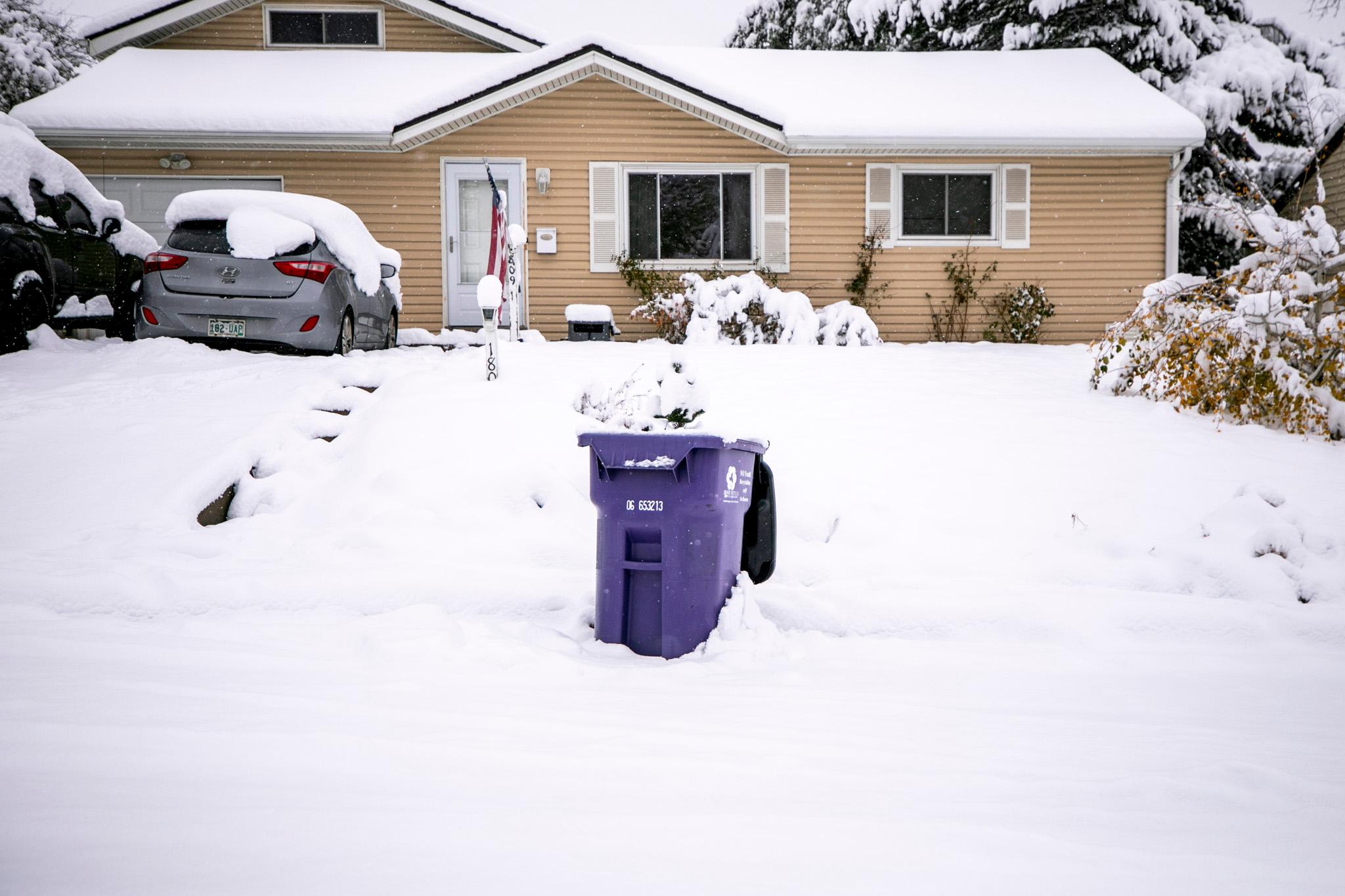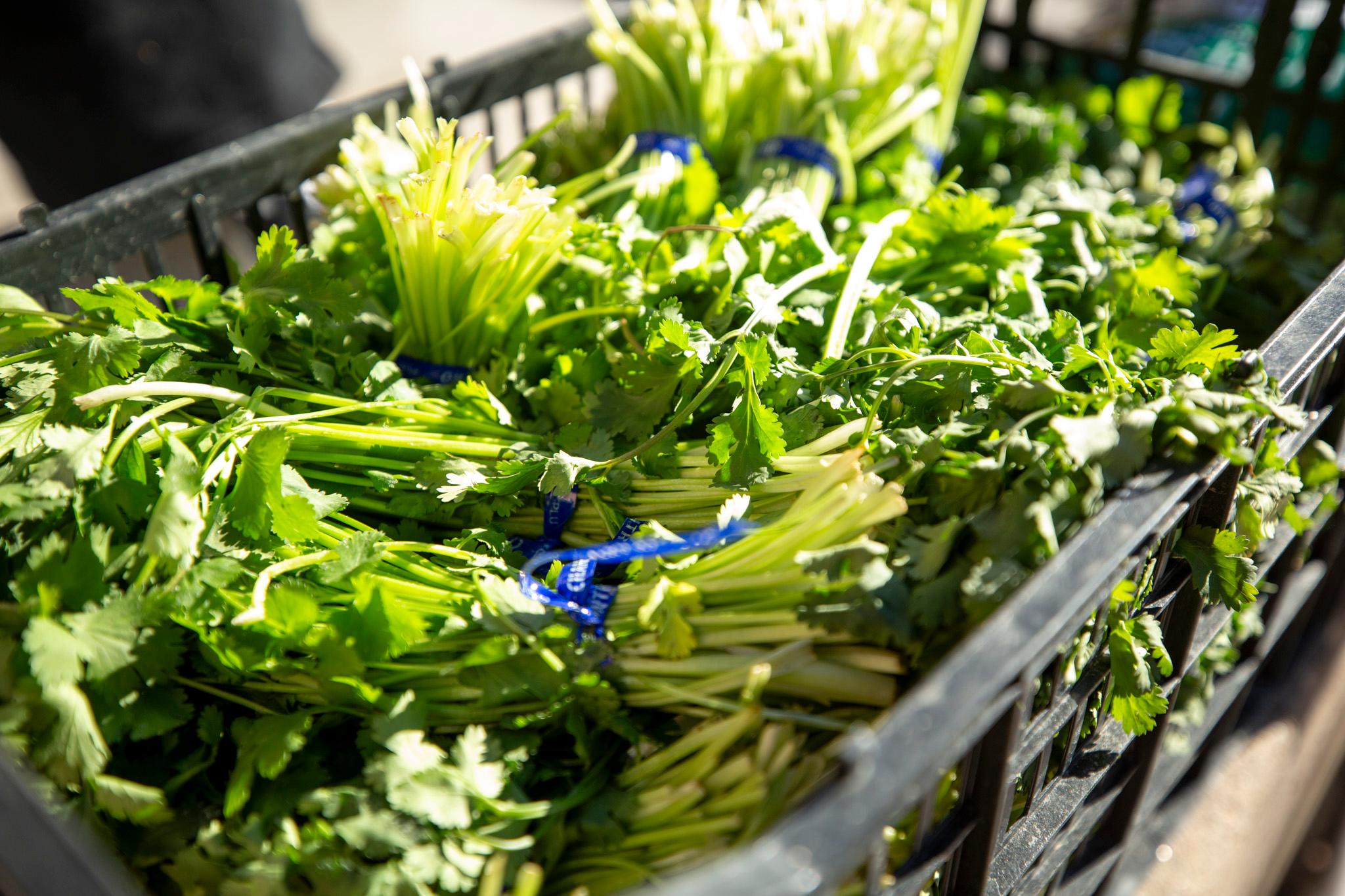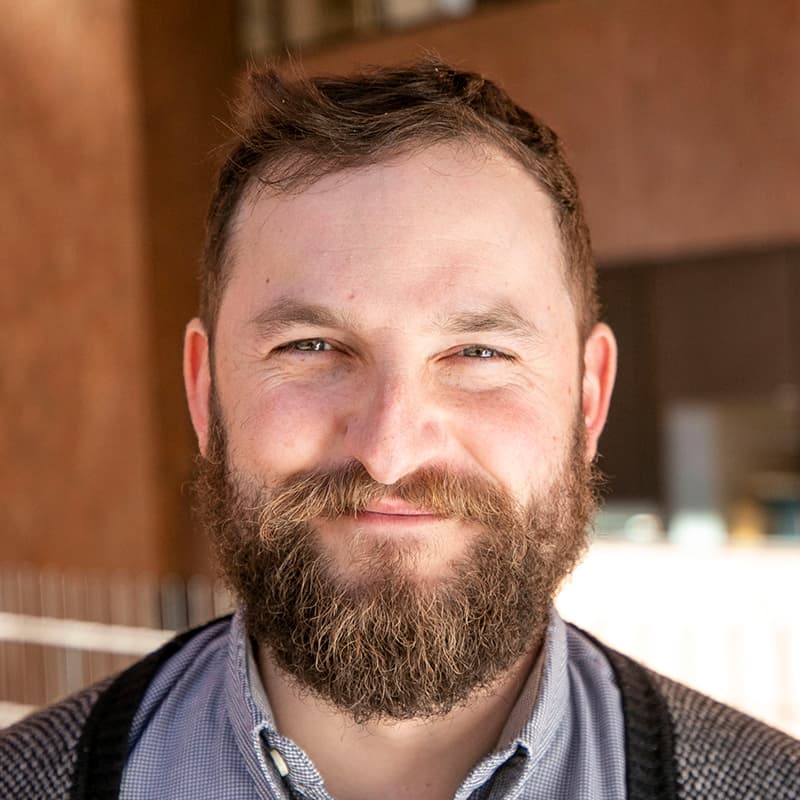In the shadows of the Speer Boulevard viaduct, a large mural frames Little Raven Street.
The mural, titled “Confluent People,” was painted by Emanuel Martinez in 1999 and 2000. It depicts a series of figures, each donning a pair of sunglasses that reflect images of local history and culture.
Over the past quarter-century, the mural has faded, bubbled and even survived its fair share of pigeon activity. After all the wear and tear, Martinez has been advocating for the funds to refurbish it.
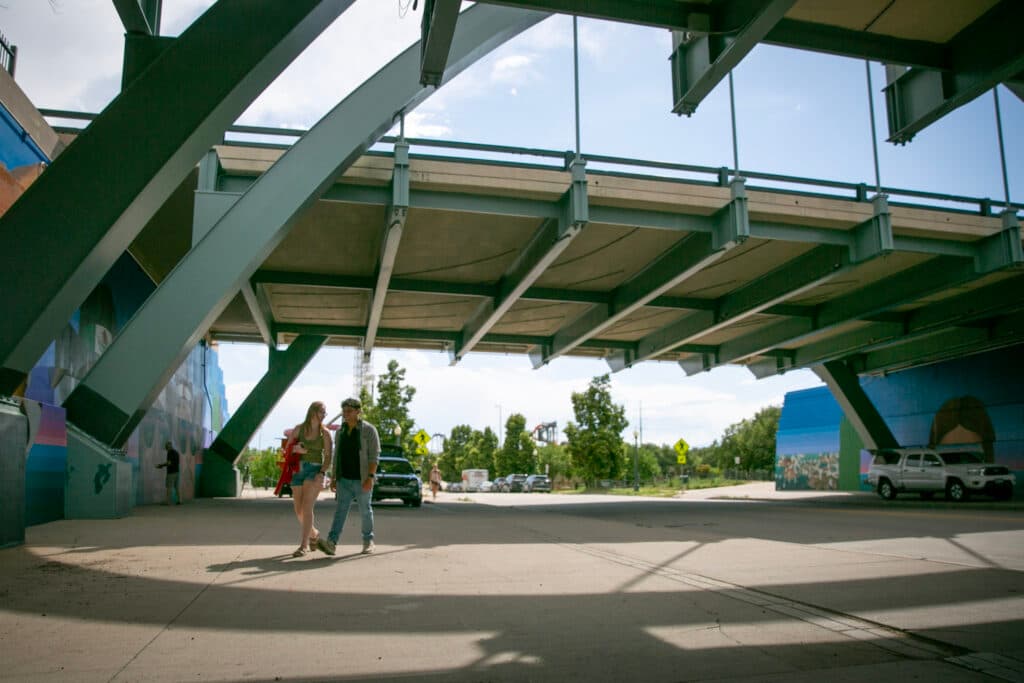
Now, Denver Arts and Venues, which owns the mural as a piece of the city’s public art collection, is paying for an approximately $70,000 restoration of the artwork. Martinez, with the help of a few assistants, is touching up the roughly 10,000 square-foot mural and coating it with protective products.
“Emanuel is one of the leaders of a generation of Chicano muralists who catalyzed and characterized the spirit of that movement in the late-‘60s and ‘70s,” wrote Jeannene Bragg, public art director for Denver Arts and Venues, in an email to Denverite.
“These murals, a lot of them are what we consider ‘community murals’ — painted by the community with artists in the community. And it's specifically depicting the community, the narratives, the history,” said Lucha Martinez de Luna, Martinez’s daughter, who is an archaeologist and the founder of the Chicano/a Murals of Colorado Project.
“The idea of the project is essentially to preserve the historic and legacy murals that began in the late sixties here in Colorado,” she said.
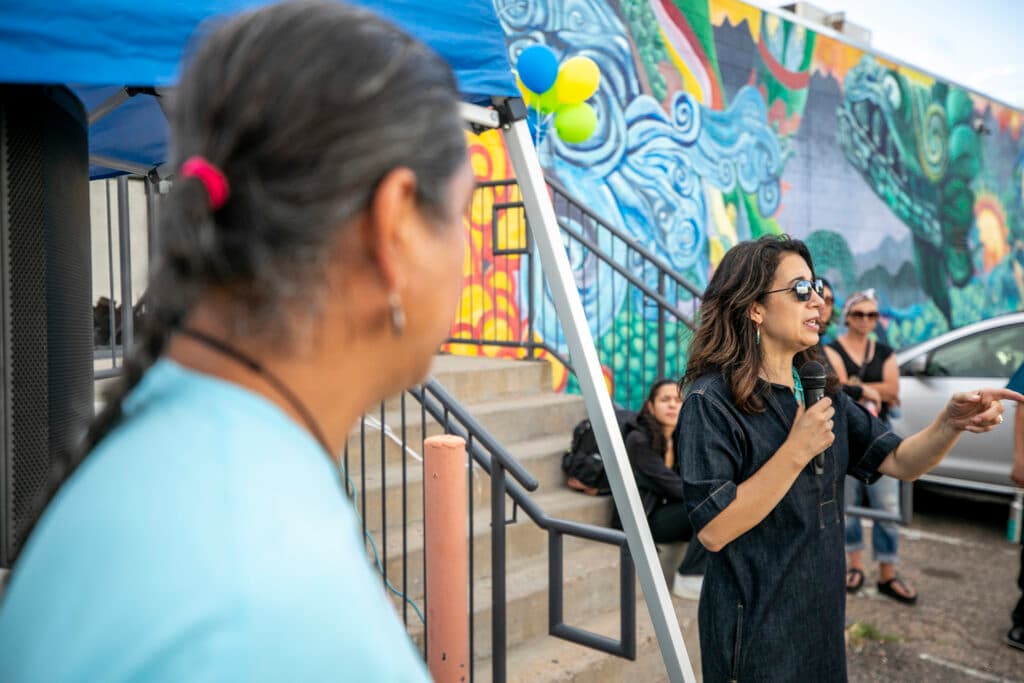
What does it take to maintain a mural?
Denver has 81 murals in its permanent, “1% for Public Art" collection. That number also includes mosaics and other non-traditional wall arts.
The program, established in 1988, allocates 1% of any city capital improvement project over $1 million for public artworks.
But contrary to popular belief, Martinez said, murals can last a long time as long as they are cleaned and maintained — especially with new products on the market.
“In the last 10 years or so, a new protective coating has been developed and used in murals throughout the country, called Mural Shield,” Martinez explained. “So we'll be putting a coat or two coats of Mural Shield on most of the mural, and then some Graffiti Guard on top of that.”
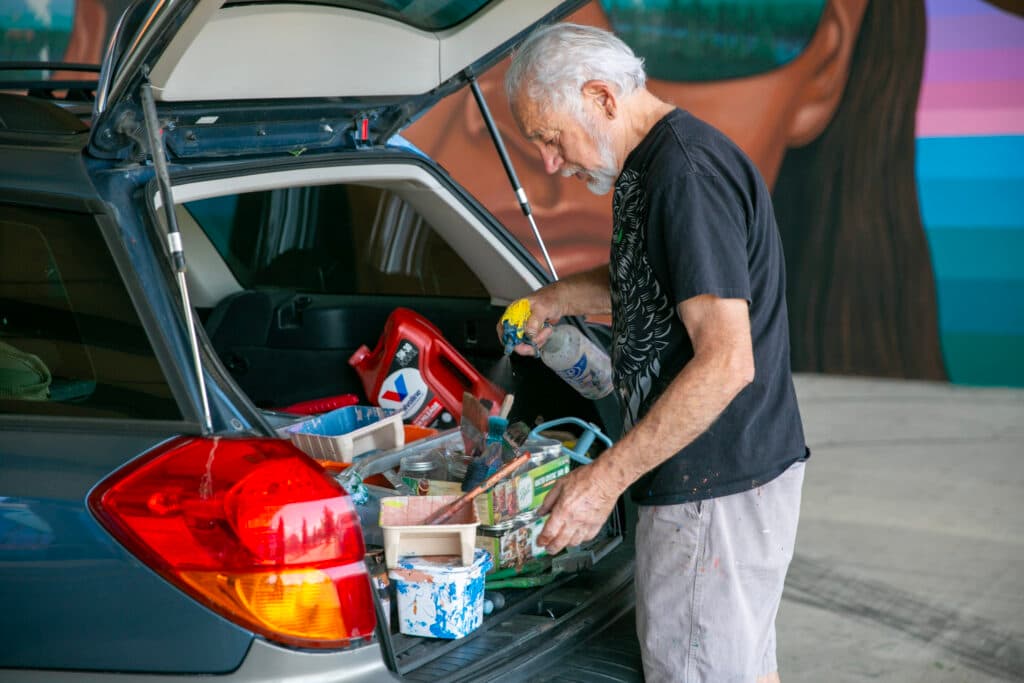
Together, these products will help to prevent fading, chipping, staining and graffiti, and make it easier to clean the mural. Martinez said these protections shoul last at least 50 years.
“Maintenance is a very important (often overlooked) part of any public art program,” Bragg wrote.
She said the city has a budget of about $350,000 annually to maintain the over 500 pieces in its public art collection, which also includes sculptures, paintings, photographs and interactive pieces. The city also has one full-time staff member devoted to caring for the collection, with the help of specialized contractors.
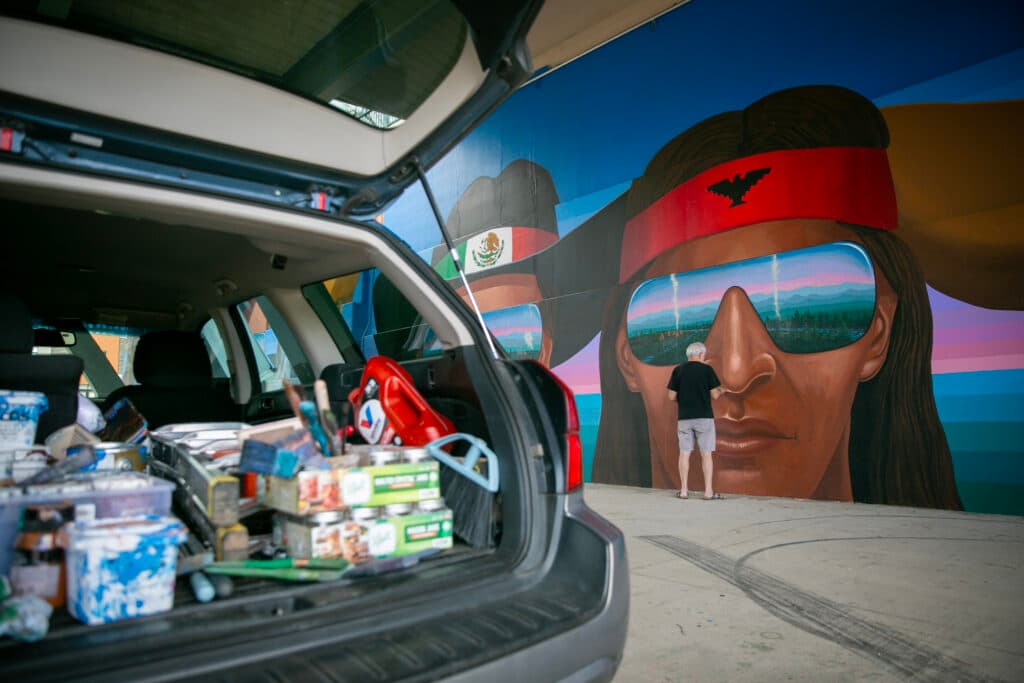
“While maintenance is an ongoing responsibility, I don’t believe the artworks in the Denver Public Art collection are any harder to maintain than any other collection with a variety of pieces and materials,” Bragg wrote. “Maintaining artwork — regardless of its location — is an essential part of stewardship for any collection. All art, even indoor pieces, requires care and attention.”
She said outdoor art is occasionally damaged by extreme weather or other accidents, and the city has insurance to help with those situations.
“That said, we’ve unfortunately seen an increase in graffiti and vandalism in recent years, which has added to our maintenance workload,” Bragg wrote. “This is a challenge faced by many cities, and we’re actively working to address it.”
'The idea with restoring these murals, too, is a certain level of mentorship.'
Martinez and his crew are about halfway through the six-week restoration project.
Freshly painted spots are juxtaposed against areas damaged by UV exposure and water runoff.
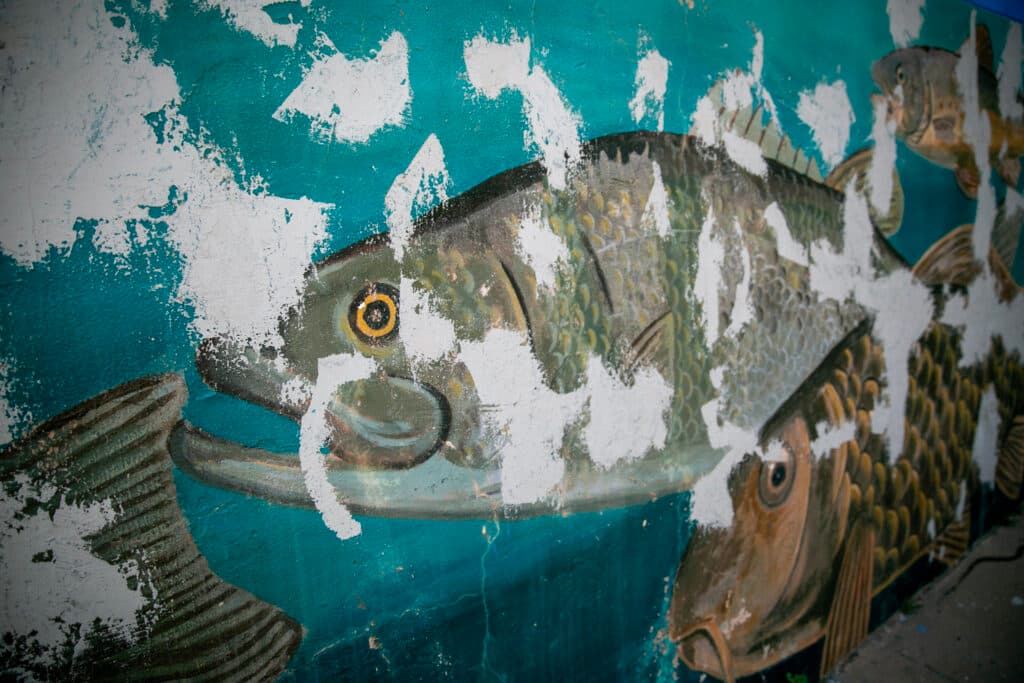
“What you're looking at with all these white spots, they’re patches where we had to scrape the loose paint off and patch it up, and then we will repaint completely,” Martinez explained. “I find it easier to do that than retouching it. And it's pretty obvious when you retouch, try to match colors, stuff like that. So I’d just as soon start from scratch.”
Helping him are two local artists: Diego Florez and Bianca Maestas.
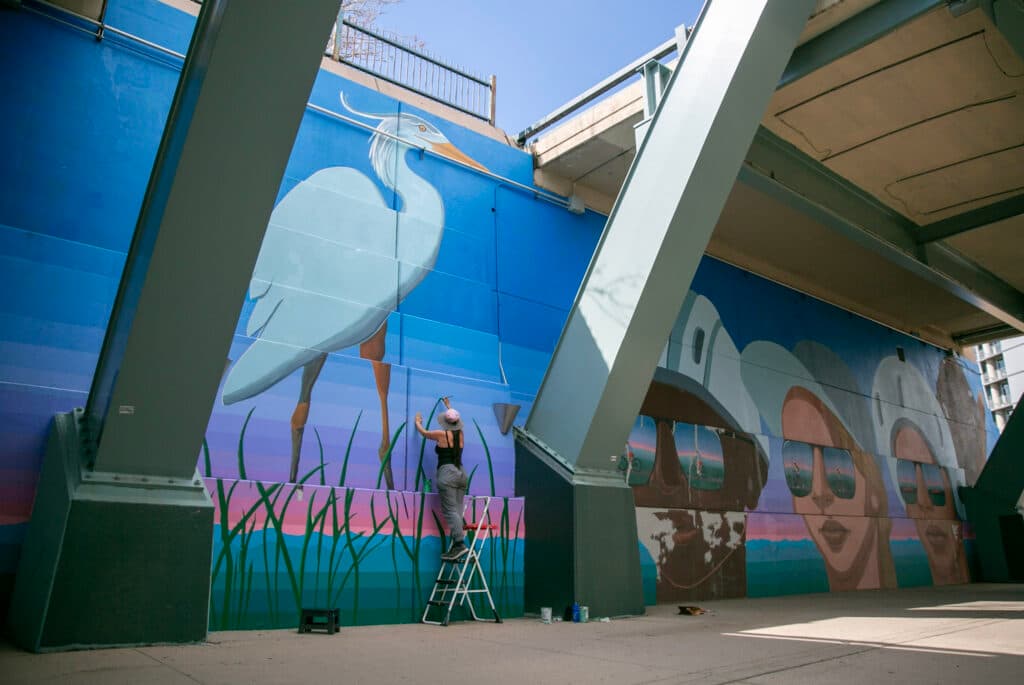
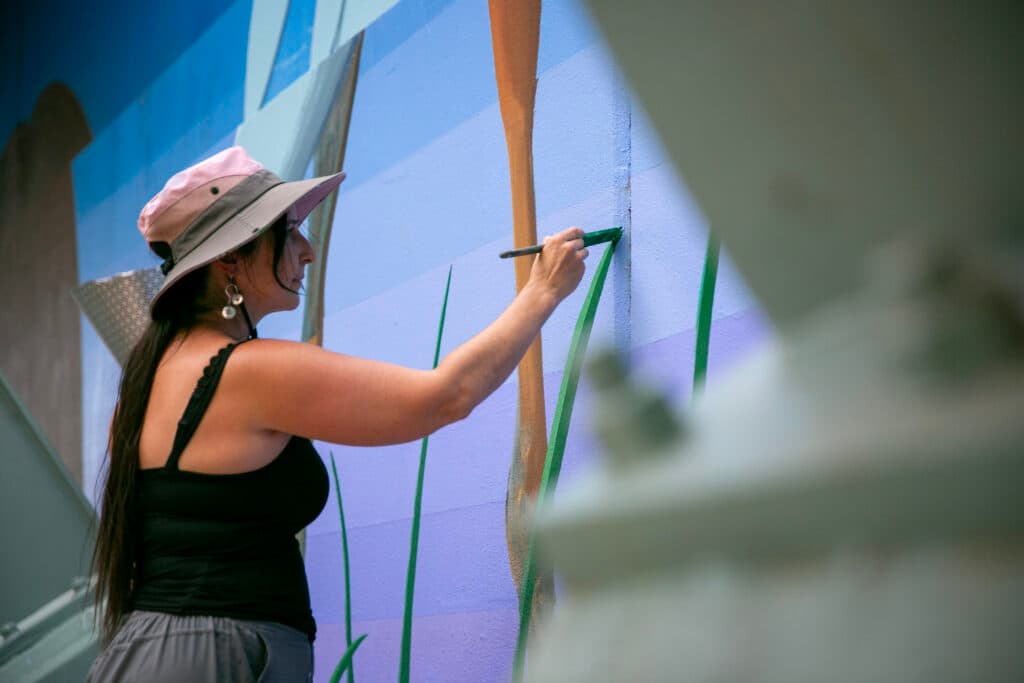
Maestas and Martinez have a long history together. When she was 7 years old and in the first grade, Martinez led a student art project at the Fine Arts Center in Colorado Springs. It was Maestas’s first exposure to muralism. The experience sparked her artistic passion and now she works as a professional artist.
“I think that's really beautiful,” Martinez de Luna said, “There's still this interest in the younger generations to continue this (muralistic) tradition of storytelling.”
The mural doesn’t attract much graffiti, and there may be a reason.
Martinez’s mural tries to represent all the people who have called this area home.
Long before Denver was founded, the Southern Arapaho and Southern Cheyenne were among the people who lived at the confluence of Cherry Creek and the South Platte River, near the site of Martinez’s mural. The Arapaho call the river the Niinéniiniicíihéhe.
“We have the history depicted here in the sunglasses with these three figures,” Martinez explained
At the center of the mural’s most iconic panel, an indigenous figure’s glasses reflect teepees at the confluence.
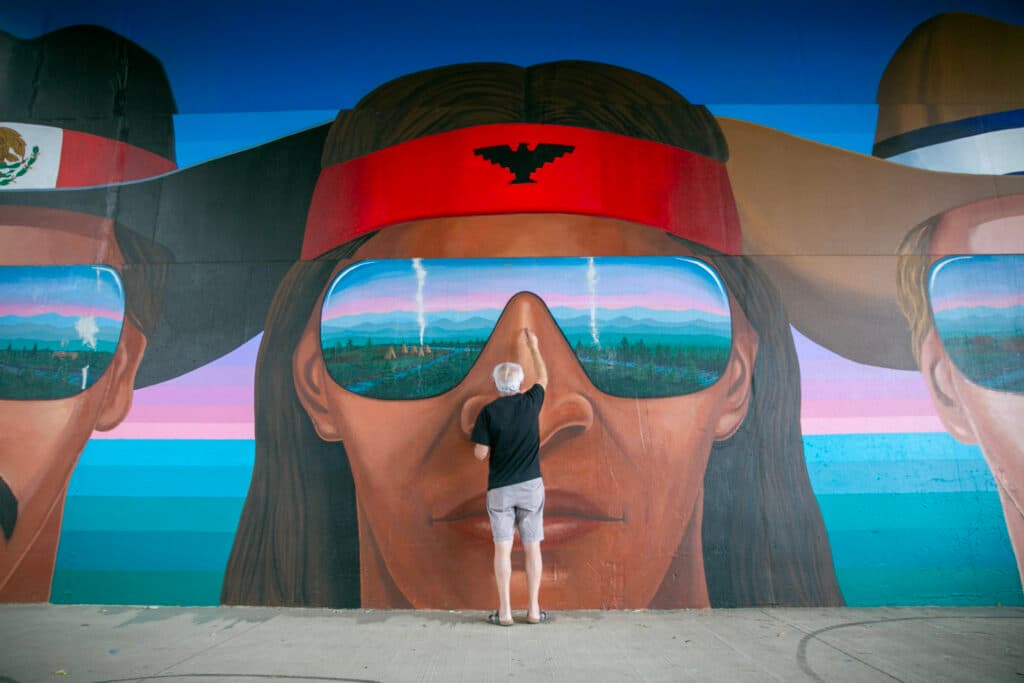
To his left, a Mexican figure’s glasses show adobe settlements. And on the right side stands a white figure with a Colorado hatband and log cabins reflected in his vision.
“They’re all facing west, which a lot of people don’t notice,” Martinez de Luna said.
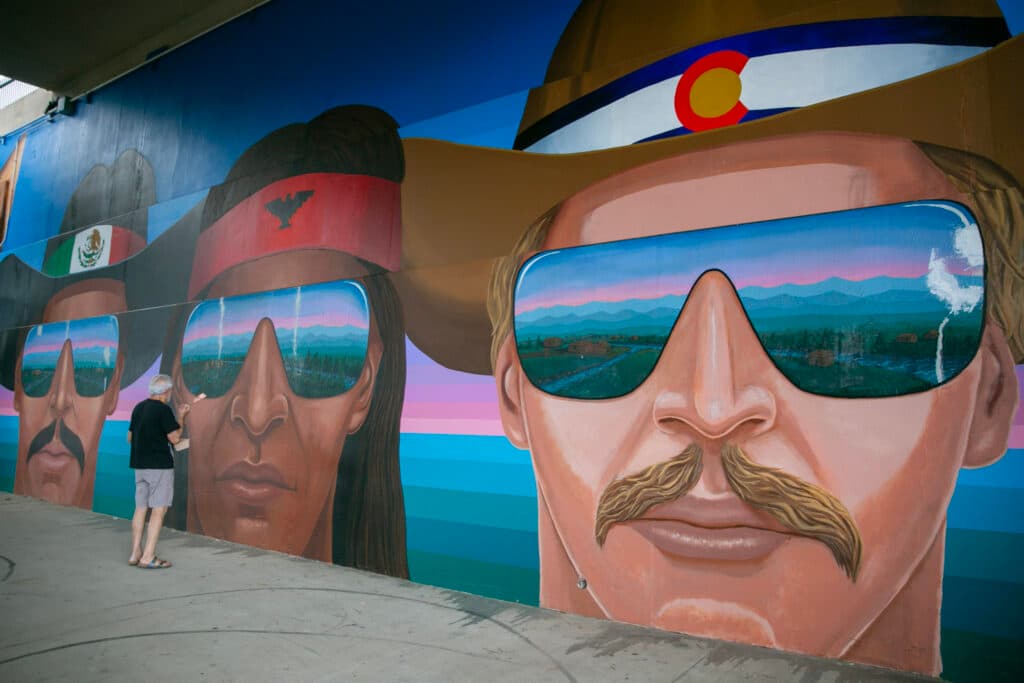
Martinez thinks the mural’s inclusive nature earns it respect, and protects it from graffiti.
“We don't get as much tagging as a lot of murals get because we are including everybody, and I think we're celebrating everybody. And that's why I named it ‘Confluent People,’” Martinez said.
This original panel was painted in 1999, along with other imagery on the east side of Little Raven Street.
On the west side of the street, facing east, “young people represent some of the activities that take place now, like biking and kayaking,” Martinez said.
The west side of the mural was completed in 2000.
Other figures in the artwork include women with the modern city skyline in their eyes and a group with various arts, like painting and ballet folklórico, reflected in their lenses.
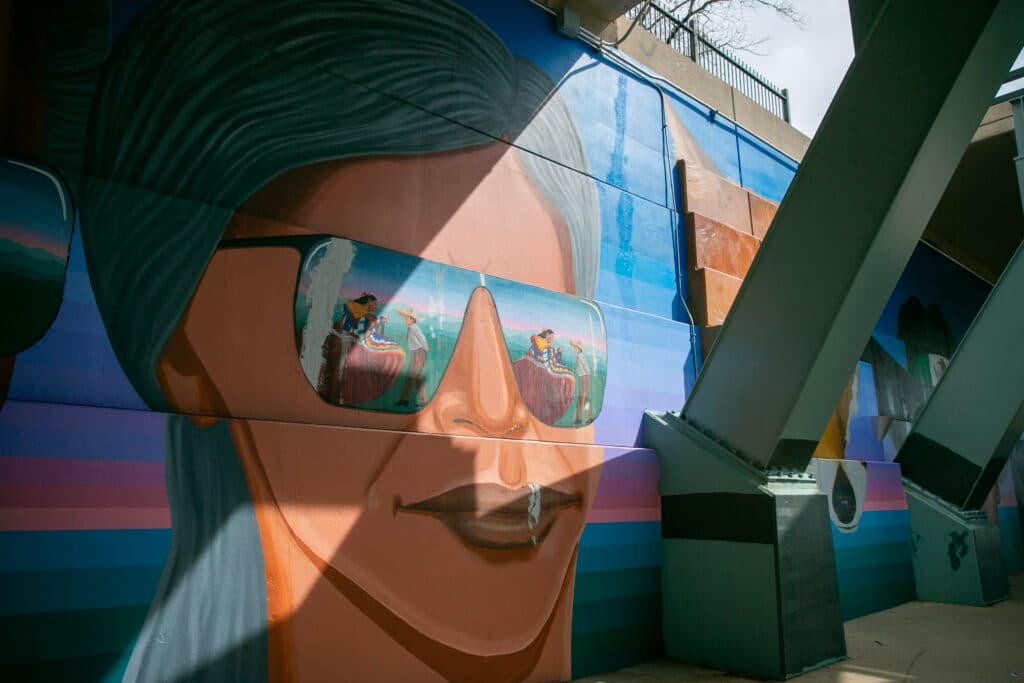
Animals such as a beaver, fox, great blue heron, an assortment of native fish and a bald eagle also appear in the design.
“These murals are vestiges of the past,” Martinez de Luna said.
That’s why “this form of visual storytelling is so important to the city,” she added. “We just need to figure out a way to protect them.”
